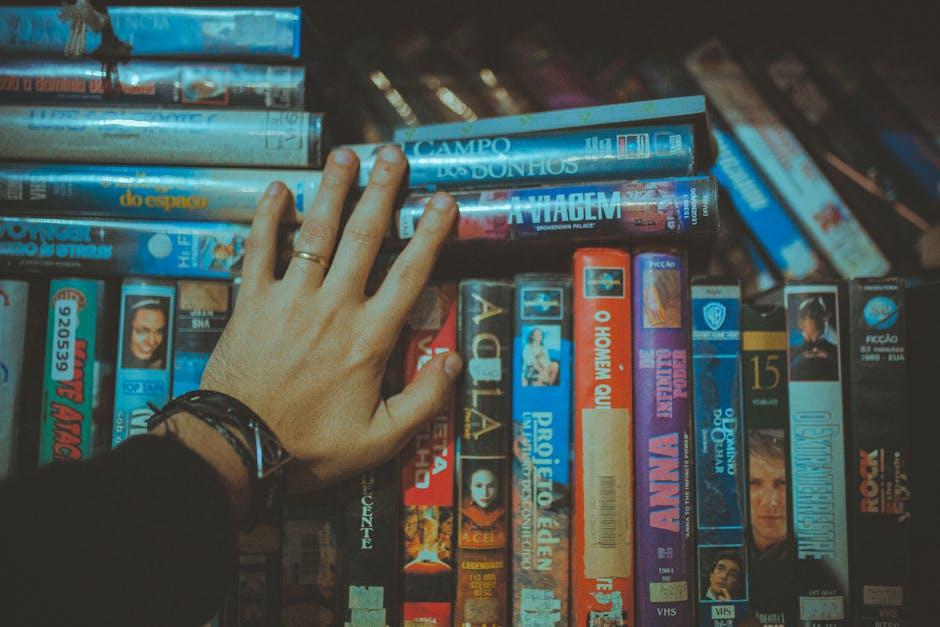In an era where representation and inclusivity are at the forefront of cultural discourse, the question of whether classic films should be reinterpreted for today’s diverse audiences has gained significant traction. These cinematic masterpieces, while revered for their artistic merit, often reflect the social norms and biases of their time. As society evolves, so too does the expectation for media to resonate with a broader spectrum of identities and experiences. This article delves into the complexities of reimagining classic films, weighing the artistic integrity of the originals against the imperative for cultural relevance and inclusivity. By examining both the potential benefits and challenges of reinterpretation, we aim to provide a comprehensive analysis of this ongoing debate within the film industry.
Examining Cultural Relevance in Classic Cinema
As we delve into the realm of classic cinema, the question arises: should these films be reinterpreted to align with the values and perspectives of today’s diverse audiences? Cultural relevance is not a static concept, and what was once considered universal can now seem outdated or even problematic. By reimagining these films, we have the opportunity to not only preserve their artistic integrity but also ensure they resonate with contemporary viewers. This process involves understanding the original context while thoughtfully integrating modern sensibilities.
- Inclusivity: Updating narratives to reflect a broader range of voices and experiences can make classics more accessible.
- Representation: Ensuring diverse characters are portrayed authentically can transform the impact of these stories.
- Dialogue: Encouraging discussions around the reinterpretation fosters a deeper connection with the material.
Reinterpreting classic films doesn’t mean erasing their past but rather expanding their future. By engaging in this dialogue, we honor both the legacy of the original works and the evolving tapestry of our global culture.

Balancing Tradition and Modern Perspectives
In reimagining classic films, a delicate balance must be struck between honoring the original narratives and embracing contemporary values. Tradition provides a cultural touchstone, a window into the past that many cherish. Yet, the modern audience is increasingly diverse, demanding stories that reflect their realities. Reinterpretation offers a chance to address historical oversights and bring fresh perspectives, but it also risks alienating purists who value the original context.
- Respect for Originality: Maintaining the essence of the story while introducing new elements.
- Inclusivity: Ensuring diverse representation and voices are heard.
- Cultural Sensitivity: Avoiding stereotypes and outdated portrayals.
As we navigate these waters, it’s crucial to ask: How can we create a dialogue between past and present? This intersection of tradition and modernity can lead to innovative storytelling that respects the original while resonating with today’s viewers.

Strategies for Inclusive Film Reinterpretation
Reinterpreting classic films for contemporary audiences involves more than just updating visuals; it requires a nuanced approach to inclusivity. Diverse casting is a pivotal strategy, allowing characters to be portrayed by actors who bring varied cultural and personal experiences, enriching the narrative. This not only reflects today’s societal makeup but also broadens the film’s appeal and relevance.
Additionally, modernizing themes can transform outdated stereotypes and narratives. By incorporating perspectives that address gender, race, and identity with sensitivity and depth, filmmakers can create stories that resonate with a wider audience. It’s essential to engage with diverse voices during the reinterpretation process, ensuring authenticity and respect for the cultures and communities depicted. This thoughtful approach not only honors the original work but also breathes new life into it, making it meaningful for today’s viewers.

Ethical Considerations in Adapting Iconic Works
When reimagining classic films for modern audiences, it’s crucial to consider the ethical implications. Respect for the original creators and their vision is paramount. Alterations should honor the essence of the work while thoughtfully addressing the cultural and societal shifts since its inception. This balance ensures that the reinterpretation doesn’t strip away the narrative’s integrity or its historical significance.
Moreover, there are essential questions to ponder:
- Cultural Sensitivity: Does the adaptation reflect a diverse and inclusive perspective without resorting to stereotypes?
- Artistic Integrity: Are the changes made thoughtfully to enhance the narrative or merely to capitalize on current trends?
- Audience Engagement: Will the reinterpretation resonate with both new viewers and those familiar with the original?
These considerations can guide creators in producing works that are both innovative and respectful, ensuring that classic films remain relevant and impactful across generations.

